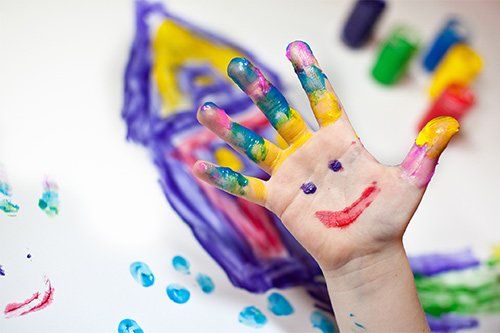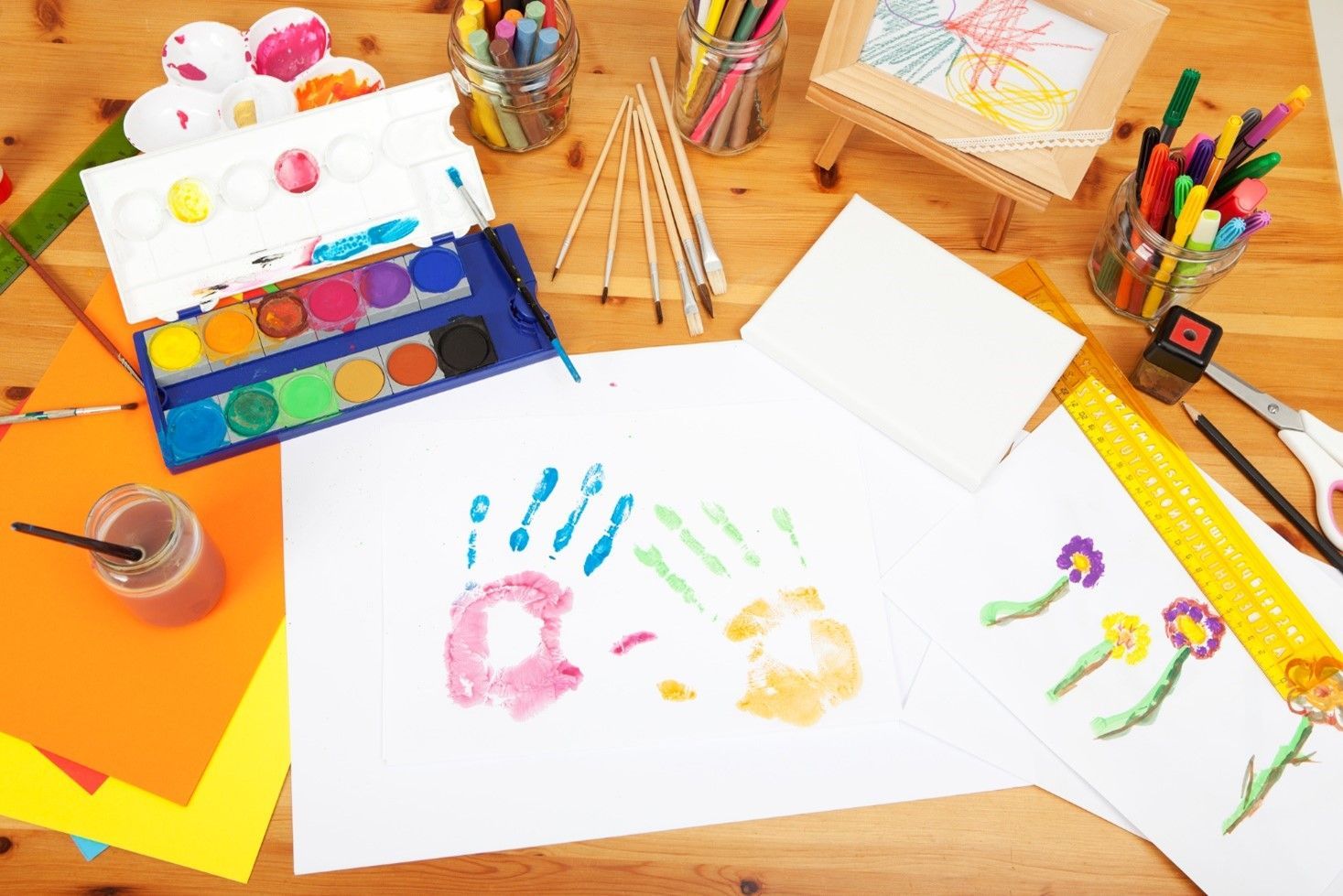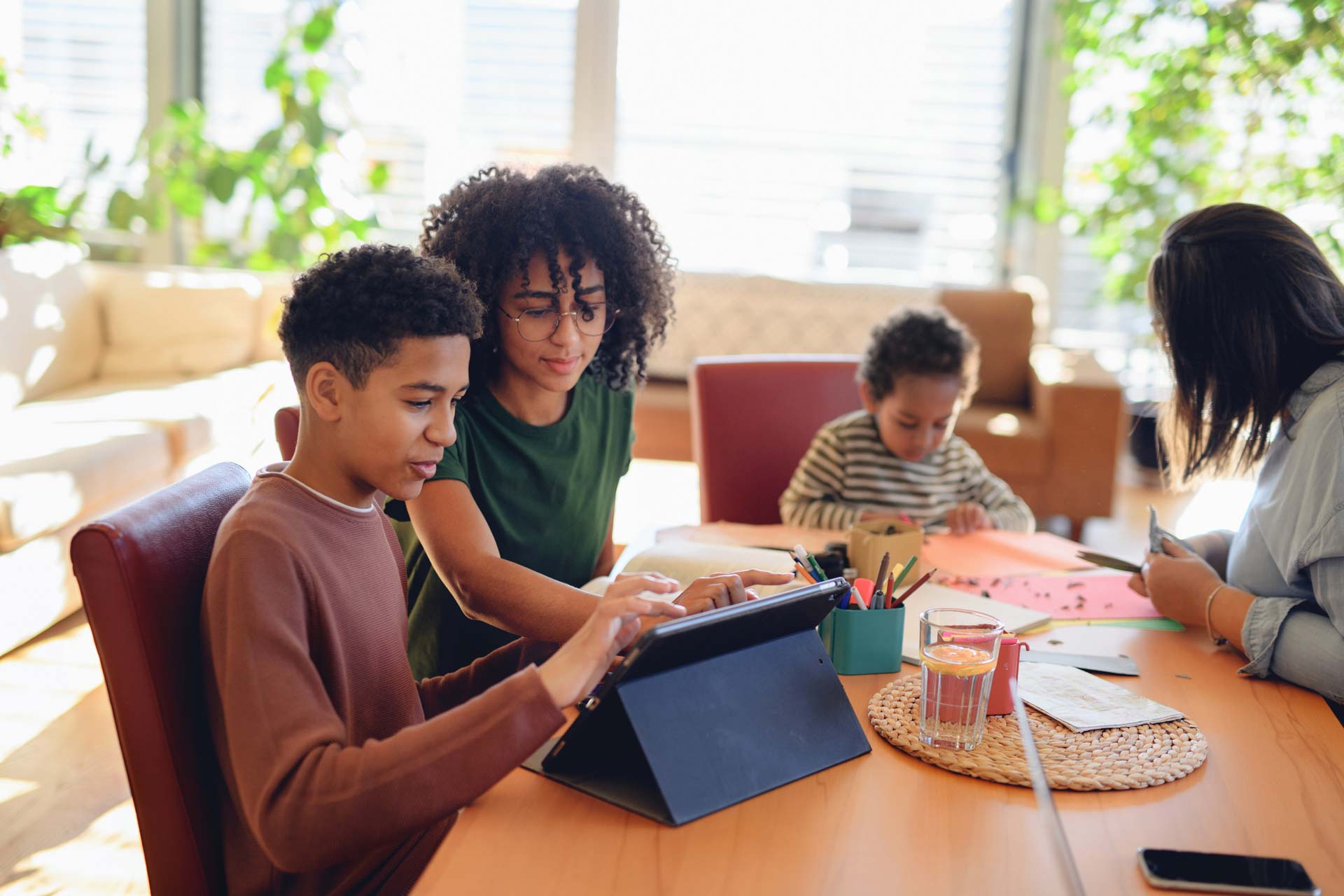What's With the Mess? Top Process Art Questions Answered
- By Admin
- •
- 13 Jun, 2019
- •

The finger paintings and scribbles your child brings home are more than just simple preschool-level projects. Process art is a way for the young child to learn, grown, and develop. If you're not sure what playing with processes can do for your preschooler, take a look at the common questions parents have about this type of art.
Is All Early Childhood Art Process Art?
In a word, no. You may have heard two important buzzwords when it comes to early childhood art - process and product. While process art is exploratory in nature, product art focuses on making something specific.
The product itself can take many different forms and can include many different types of artistic media. Your child's teacher could ask the class to paint a self-portrait, draw a picture of a dog, or sculpt a clay house. A specific outcome is expected for each of these art activities - the product. If the child fails to make the product, they may have still had a beneficial experience, but they did not complete the goal of the lesson.
Is Process Art the Same as Making a Mess?
Even though squishing and swirling finger paint over a canvas may turn into a mess, process art is much more than simply making a mess. Think of the mess your child makes as the byproduct of learning through exploration. Process art differs from product art in the way the child experiments with the materials.
As the child makes their own discoveries, they do sometime create a mess. But the mess isn't the end goal. Instead, learning about the processes at hand is.
Does Process Art Actually Benefit Young Children?
Simply stated, yes. Young children get many benefits from engaging in process-based activities:
- Creativity. Without the restrictions of a clearly defined outcome (such as to draw a picture of a cat), your child is free to get as creative as they can.
- Problem-solving. Experimenting with new media pushes the young child to think critically and solve problems. This can translate later into problem-solving in other areas.
- Fine motor skills. Along with the more conceptual ways process art helps the young child to develop, the act of creating art can build fine motor (hand and finger) skills. Your child needs to manipulate the materials, helping them to improve eye-hand coordination and dexterity.
Beyond these benefits, when done in the classroom setting, process art can help preschoolers to develop social, emotional, and language skills. By talking about what they're creating, the young child is learning about interpersonal communication and finding new ways to verbally express themselves.
Is Process Art Better for Children Than Product Art?
This is a tough question to answer. Some experts and educators feel that project-based crafts and activities are too restrictive for the young child to truly learn about themselves and the world of art. In some ways, process art does provide more benefits than product art. But that doesn't mean the product-based version is without its own merits. Product art can help children to build artistic skills, learn about language (developing a new art vocabulary), and express themselves.
You may hear or read negative information about activities such as using crayons with coloring pages or worksheets. While these experiences may not have the same benefits as explorative activities, an experienced educator can still help the child to develop new skills through these types of projects.
What Types of Process Art Activities Are Appropriate for Preschoolers?
Your growing child is ready to branch out and explore the wide world of art. While countless process art activities are available, some of the top picks include the use of tempera or finger paints, crayons/markers, modeling clay, or collage (paper/materials and glue).
Are you searching for a preschool program that can help your child to learn and grow? Contact Riviera Daycare & Preschool for more information.







